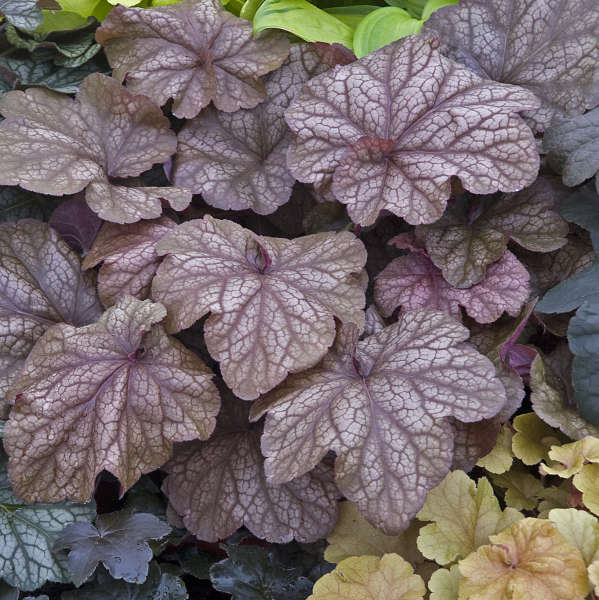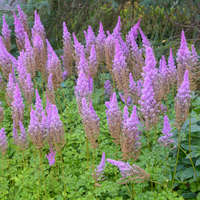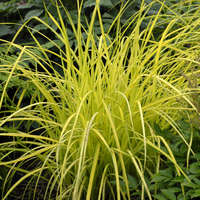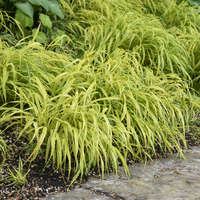Heuchera 'Beaujolais' PP19577
Common Name: Coral Bells
'Beaujolais' has huge, burgundy leaves with a touch of silvering and deeper purple veins. It is incredibly vigorous and is a very large variety of Coral Bells. It was hybridized by Thierry Delabroye of France.
This plant is a Heuchera villosa hybrid. The villosa species is a large, late blooming type that exhibits an increased tolerance of high heat and humidity over other species. Most produce cream flowers in midsummer, though they are grown more for their fantastic foliage. H. villosa is native to the southeastern United States.
Coral bells are easy to grow and blend easily with most other perennials in the landscape. Because of their low, mounding habit, they are often used as edging along paths or in containers. Try cutting a few of the tall flower scapes for fresh bouquets.



